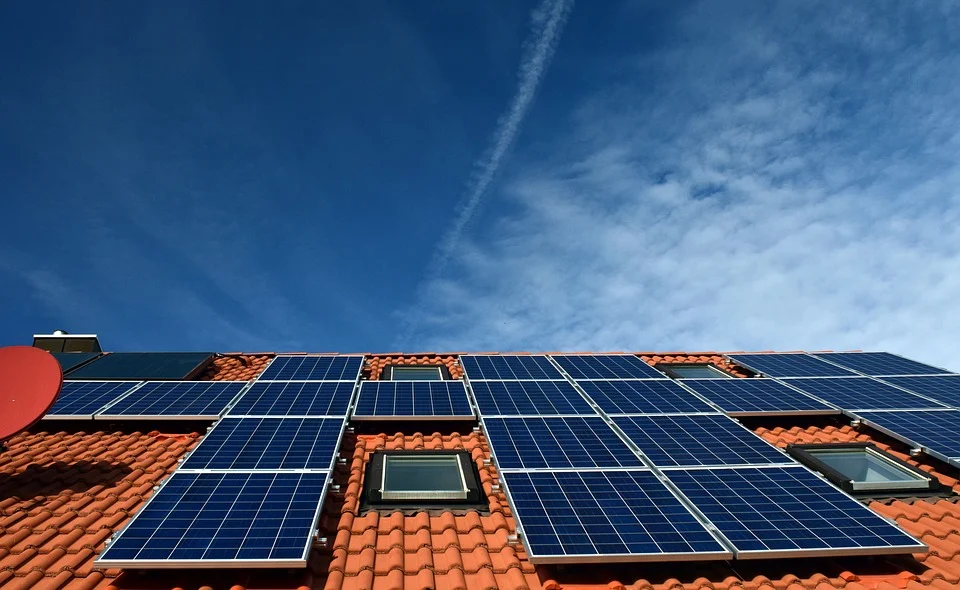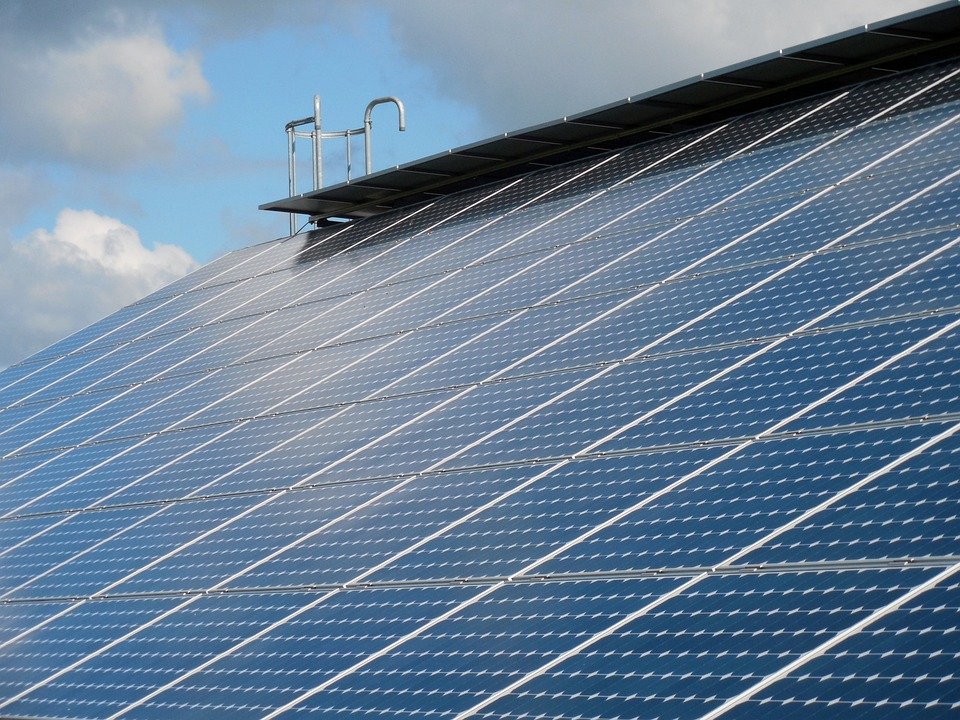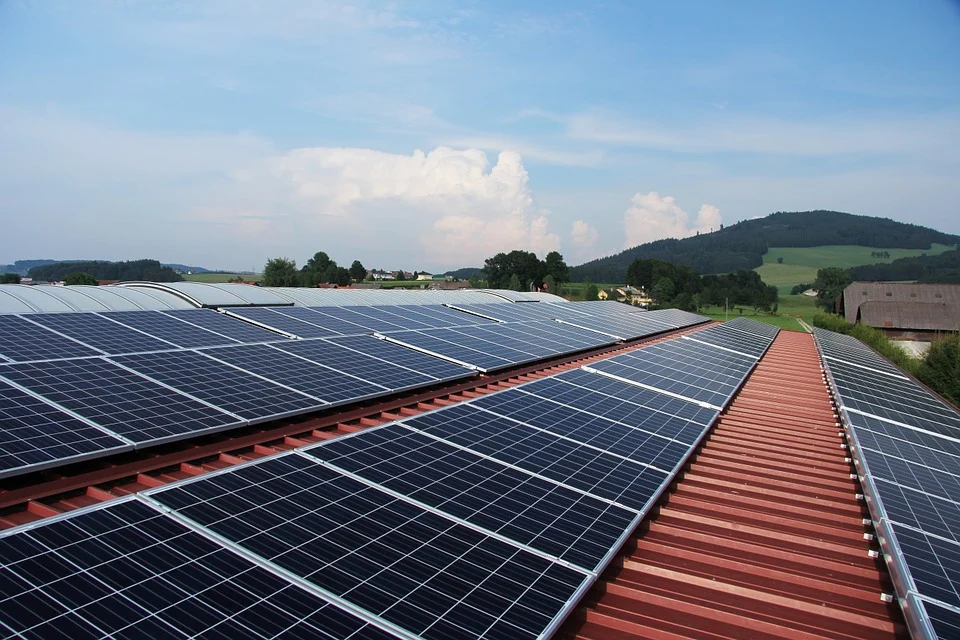
Solar power is the conversion of the rays of the sun into electricity using a wide range of technologies including solar thermal power, solar photovoltaic power, solar thermal power generators, solar architecture and artificial photosynthetic energy. The rays of the sun are in fact a great source of renewable energy that we can harness for a number of reasons including providing heat and light to our homes and businesses, cooling and heating our swimming pool, drying clothes and even providing warmth to our homes on cold winter nights. However these wonderful sources of renewable energy are also extremely hazardous to our environment in one way or another. This makes blue raven solar power an excellent addition to any green energy strategy.
Solar energy is basically the radiation of the sun. It consists mainly of the electromagnetic radiation emitted by the sun's rays in the visible and ultraviolet regions of the electromagnetic spectrum. It consists of the radiation emitted by high temperature surface areas, as well as the longer wavelength (infrared) rays emitted by the sun's UV (ultraviolet) rays. All solar energy falls within the green energy spectrum, so all solar systems are inclusive of green solar technologies.
The best way to convert solar energy into electricity is to use solar thermal collectors that take the hot solar air that has travelled through the collectors and use it to boil water and air to produce steam. The steam is then used to turn a turbine and the electricity is collected. This is then stored either in batteries or in large solar arrays. The large arrays are obviously more effective than batteries when converting solar energy directly into electrical energy. However, in most cases, it is batteries that are the preferred technology due to their lower cost.
Solar photovoltaic systems use light energy to create electric currents. They work in much the same way as a photoelectric power generator does but instead of directly converting solar heat into electricity, they indirectly convert solar energy using photovoltaic cells. These cells are made out of a semiconductor material called silicon and are constructed in such a way that they can absorb and release energy in the form of an electric current when light hits them. Photovoltaic cells can also be assembled in a grid like fashion on roof top panels to directly generate electricity for your home. They can also be placed on poles in the landscape to indirectly heat and power your home. For more details about these services, click here.
The biggest drawback of solar panel technology is that it cannot generate electric current at night. Photovoltaic cells only absorb and release energy during the daytime hours when the sun is shining through the windows and on cloudy days. Therefore solar collectors need to be positioned on areas of the home where the sun is shining and an electric current can be used during the night. To compensate for this problem, solar power inverters have been engineered that will automatically switch the DC power produced by the solar collector to a DC power output needed for lighting and charging electronic devices. Solar energy panels only work on one level, converting the solar energy into usable energy in your home.
Solar power inverters must be placed on top of your solar array to fully capture the amount of sunlight needed to power your entire home. Although the majority of residential households already have solar panels, many of them have inadequate roof space to accommodate a solar array or do not have the needed finances to invest in one. A few companies now manufacture residential photovoltaic systems that are designed to be installed on just about any type of roof.
Here: https://simple.wikipedia.org/wiki/Solar_cell is an alternative post that provides more information related to this top


